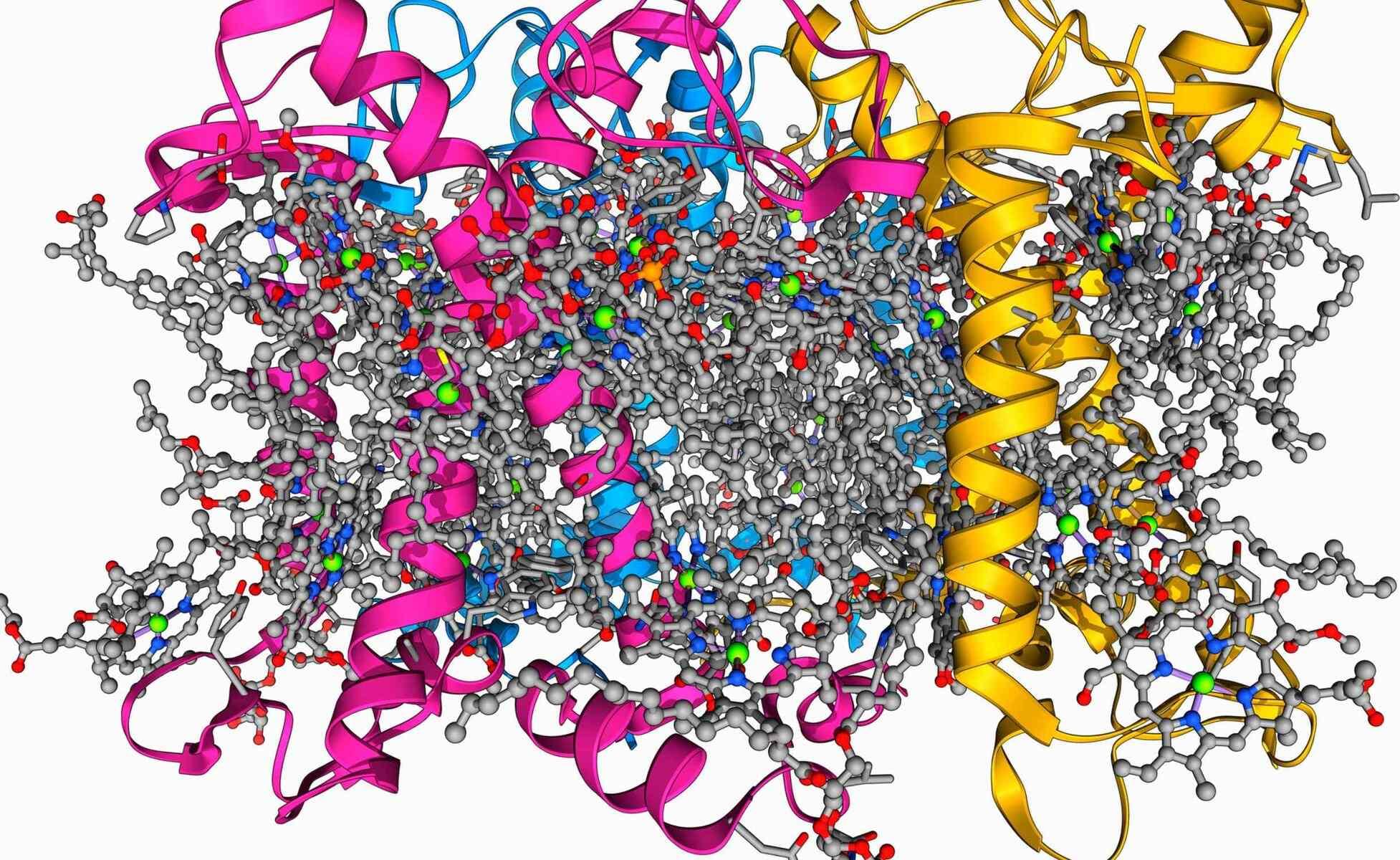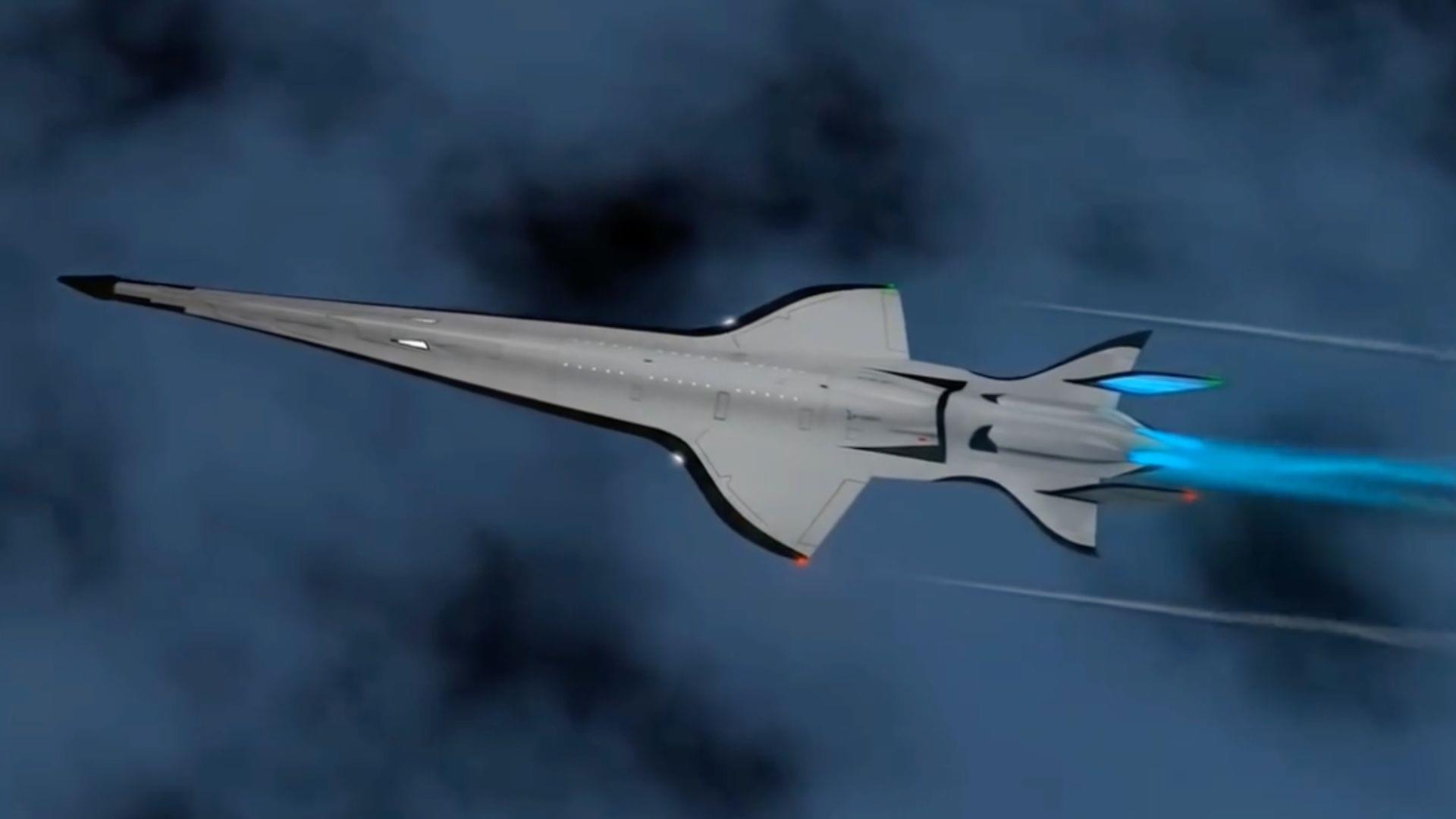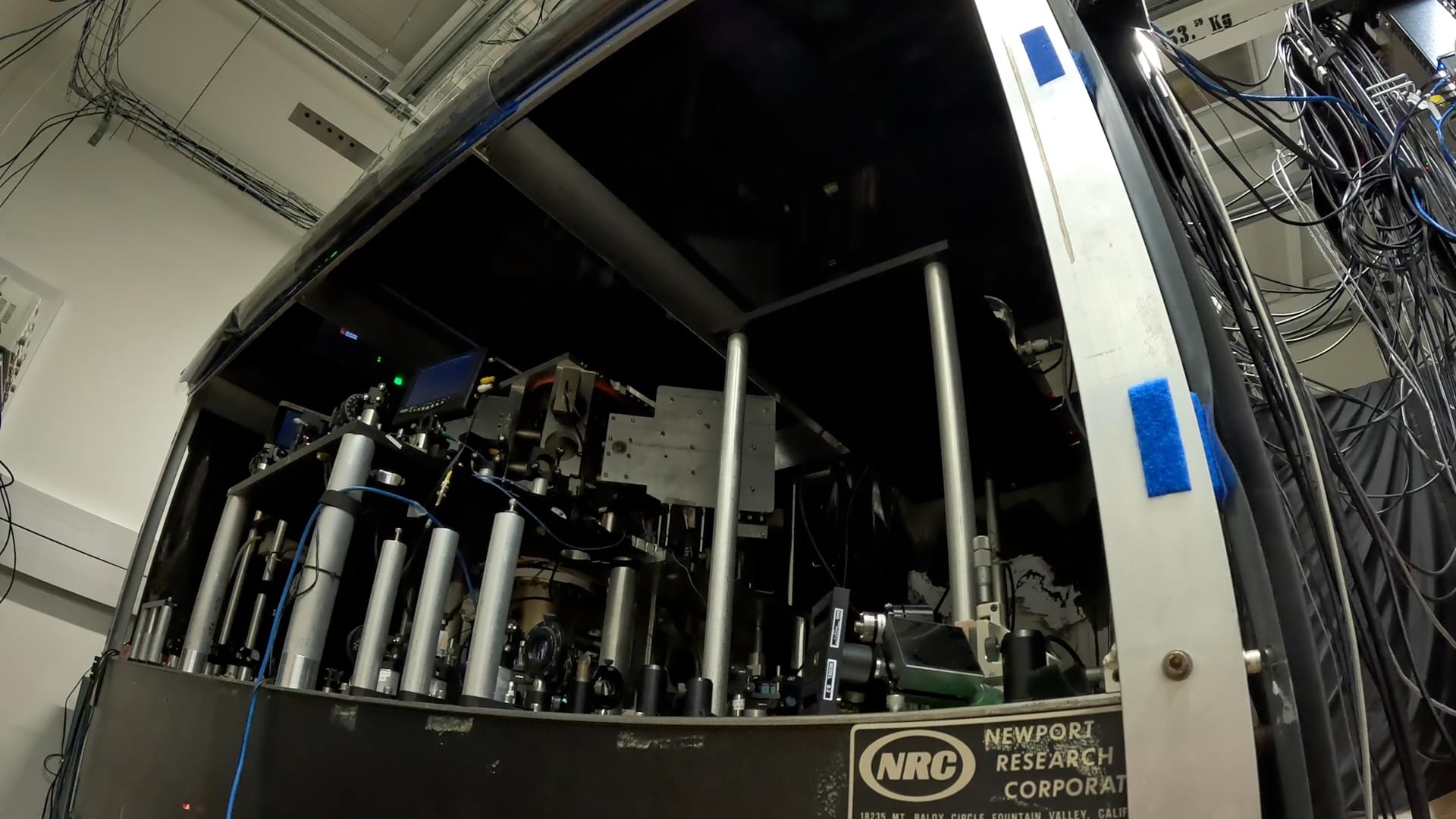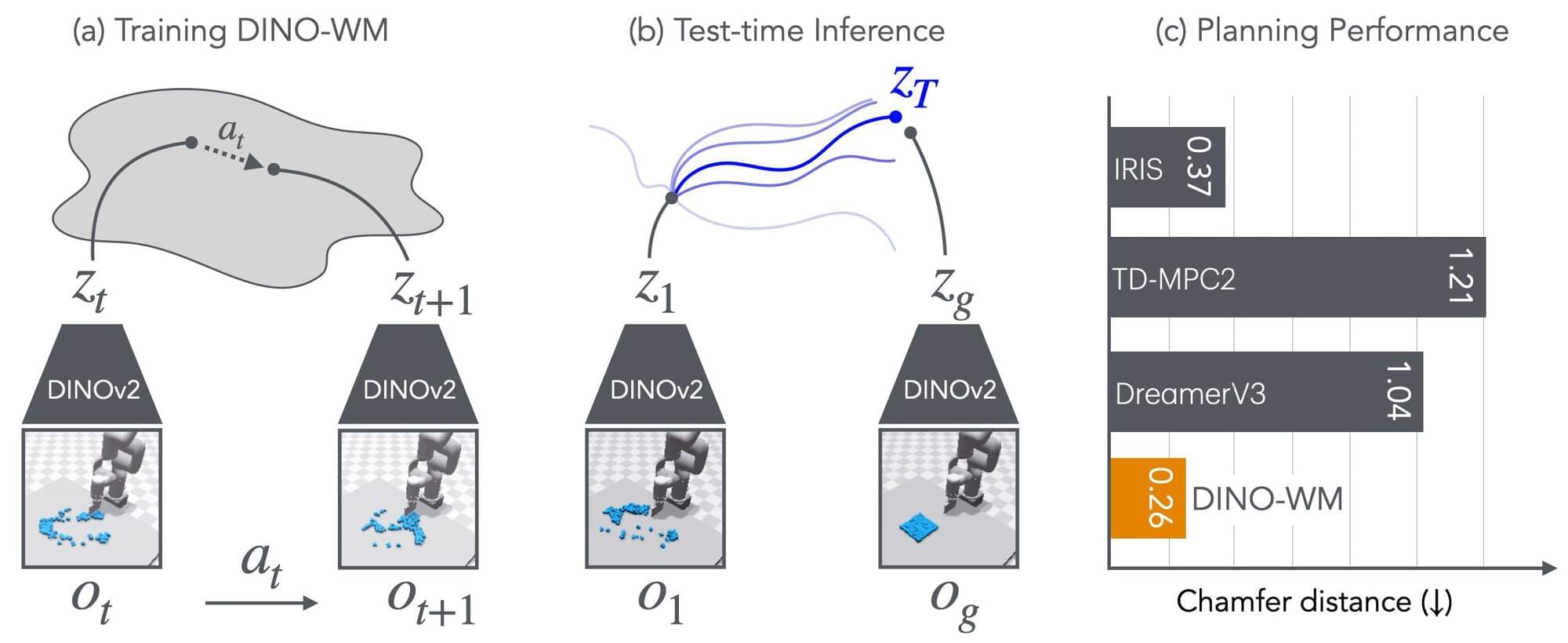Harvard University has been kneecapped, there will be no U.S. university that’s left in the top 10.
The Nature Index tracks the affiliations of high-quality scientific articles. Updated monthly, the Nature Index presents research outputs by institution and country. Use the Nature Index to interrogate publication patterns and to benchmark research performance.



 Why “natural” doesn’t always mean safe, and how to protect your liver with smarter choices
Why “natural” doesn’t always mean safe, and how to protect your liver with smarter choices






 from Tokyo, Japan who first appeared on Jul 12, 2018. Here’s everything you need to know about imma.
from Tokyo, Japan who first appeared on Jul 12, 2018. Here’s everything you need to know about imma.